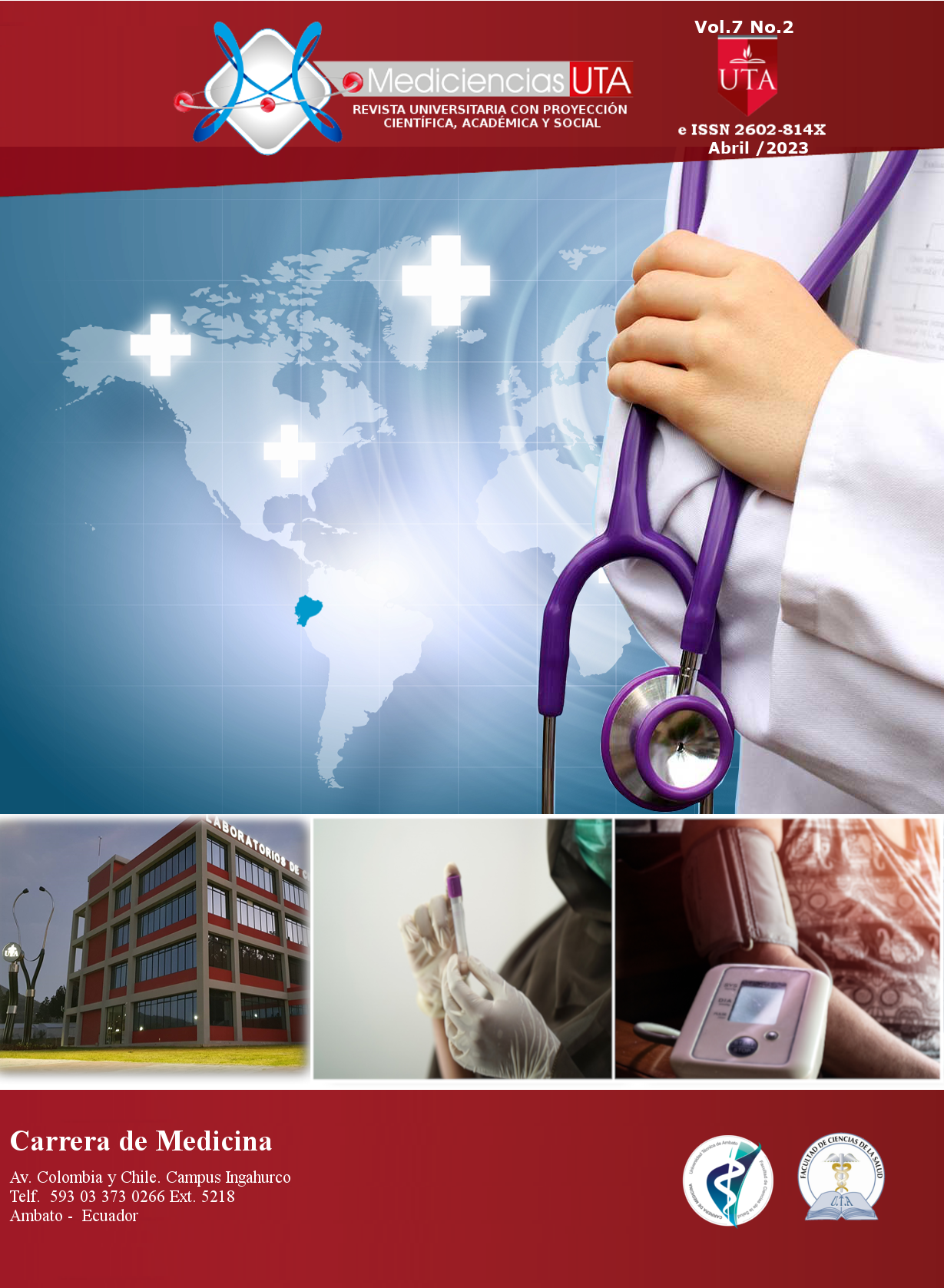Cervical cancer and human papillomavirus. Diagnosis and prevention.
Main Article Content
Abstract
Introduction: According to global statistics, cervical cancer ranks third among the most common neoplasms affecting women, is considered a public health problem, whose most important risk factor is human papillomavirus (HPV) infection. Objective: The objective of this work is to conduct a review of the literature on Cervical Cancer and human papillomavirus, diagnosis and prevention. Materials and methods: a descriptive, retrospective study, review of scientific medical articles, MedLine databases were consulted , Willey online library, Epistemonikos , PUBMED, ELSEVIER, articles mostly from 2018 onwards, in English and Spanish. Results: The World Health Organization (WHO) has employed strategies to increase HPV vaccination, approved by the US Food and Drug Administration; for all 9- to 45-year-olds, in the prevention of genital, cervical, anal, oropharyngeal, and genital cancers, the American Academy of Pediatrics also recommends vaccinating children before sexual activity between the ages of 11 and 12, having a great collective impact the vaccination of men and women. Currently, cervical diagnosis of HPV is performed with the molecular HPV DNA screening test by PCR, which is the only one approved by the FDA (Food and Drug Administration) of the United States of America, despite the Pap test, despite being a great screening tool for the detection of precancerous and cancerous lesions, it does not detect the HPV virus, but the cytological changes produced by the infection. Conclusion: Human papillomavirus infection is the main cause of cervical cancer. The importance of this research lies in the need to raise awareness for the early screening of the aforementioned virus, in addition to prevention through vaccination, which reduces the incidence of cancer, so that strategies should be implemented, to increase the availability of vaccines, at lower cost, and to inform the population about the benefit of their use, by conducting global awareness campaigns.
Keywords: Cervical Dysplasia, Cervical Intraepithelial Neoplasia, Squamous Cervical Intraepithelial Lesions, HPV-16, HPV-18
Downloads
Article Details

This work is licensed under a Creative Commons Attribution-NonCommercial-ShareAlike 4.0 International License.



